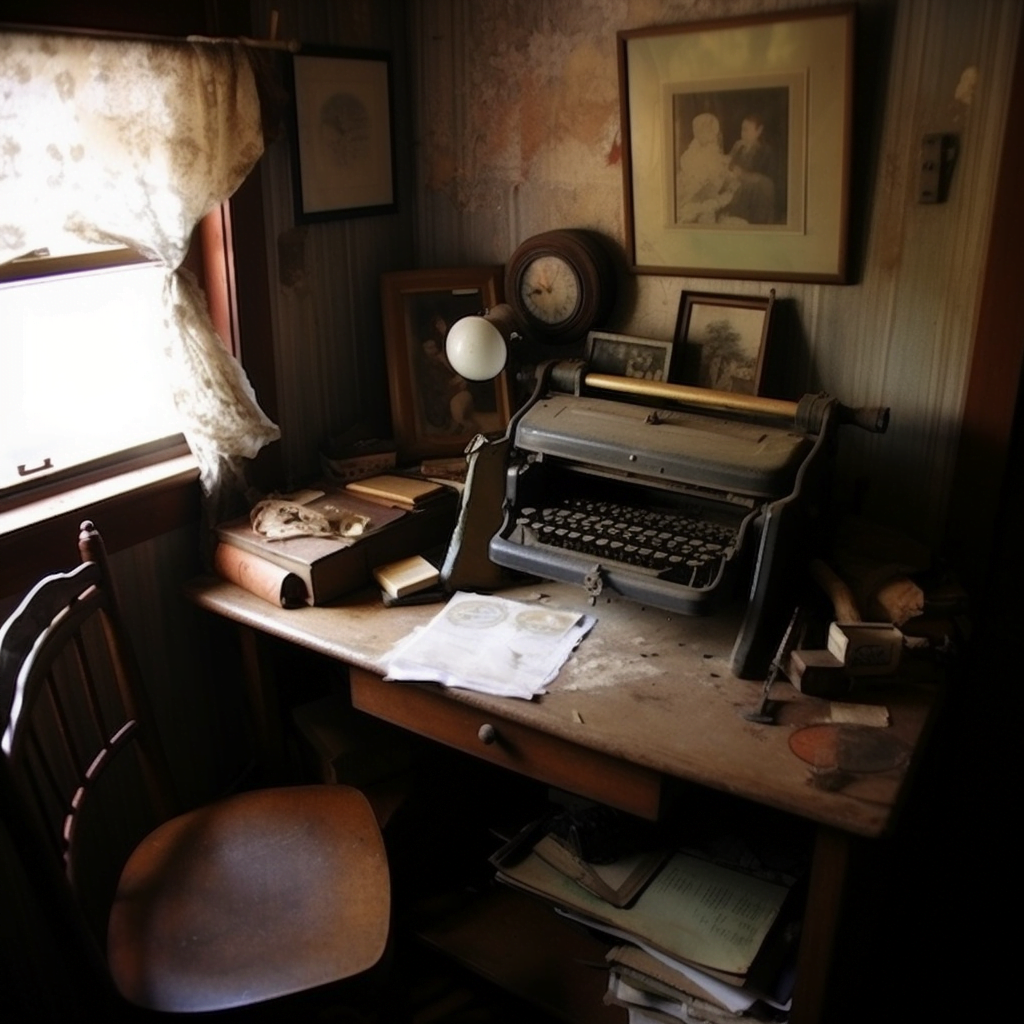
A soliloquy is a dramatic or literary device in which a character speaks their thoughts aloud, revealing their innermost feelings, motivations, and decisions to the audience—but not other characters. It‘s like a monologue, but without the audience’s participation. And, of course, it‘s the best way to get all your feelings out without having to talk to anyone else!
Think of famous movie lines where the main character directly speaks to the audience, like in Fight Club or Wanted.
The Origins and Purpose of Soliloquies
Once upon a time, in the world of theater, playwrights like William Shakespeare and Christopher Marlowe decided that their characters needed a way to express their innermost thoughts and feelings. And so, the soliloquy was born. It’s like a secret window into a character’s mind, allowing the audience to peek inside and learn about their motivations, fears, and desires.
The purpose of a soliloquy is to provide insight into a character’s thoughts, without any interruption from other characters. It helps develop a deeper understanding of the character and their perspective, making them more relatable and well-rounded. It’s like a secret treasure map, guiding the audience through the character’s mind, one thought at a time.
Writing a Soliloquy: Tips and Tricks
When it comes to writing a soliloquy, imagine a character who has a secret that they simply can’t keep to themselves. It’s like an itch that needs to be scratched or a pot that’s about to boil over. Here are a few tips and tricks to help create an engaging soliloquy:
Use Natural Language: A soliloquy should feel like a spontaneous outpouring of emotion, so try to avoid overly formal language or stilted phrasing. Think of it as a conversation between the character and their own thoughts.
Emphasize the Emotional State: A soliloquy is an opportunity to explore a character’s emotional state. Dive deep into their feelings and let them express their emotions in a raw, unfiltered manner.
Keep it Focused: Although a soliloquy can be wide-ranging, it’s essential to keep it focused on a specific theme or issue. This helps the audience follow the character’s train of thought and understand their motivations.
Vary the Tone and Pace: To keep the audience engaged, it’s crucial to vary the tone and pace of the soliloquy. Mix introspection with bursts of passion or humor to create a dynamic performance.
Famous Examples of Soliloquies in Literature
There’s no better way to learn about soliloquies than to explore some of the most famous examples in literature. Here are a few that have stood the test of time:
Hamlet’s “To be or not to be”: In William Shakespeare’s play, Hamlet ponders the nature of life and death in this iconic soliloquy. The character is grappling with existential questions and deciding whether to take action against his uncle, who he believes murdered his father.
Macbeth’s “Tomorrow and tomorrow and tomorrow”: In this soliloquy from Shakespeare’s tragedy, Macbeth reflects on the emptiness and futility of life after learning about the death of his wife. He uses powerful imagery to convey his despair and loss of hope.
Juliet’s “O Romeo, Romeo! Wherefore art thou Romeo?”: In this famous soliloquy from Romeo and Juliet, Juliet wrestles with her love for Romeo, who belongs to a rival family. She ponders the significance of names and whether their love can overcome the obstacles placed before them.
Crafting Your Own Soliloquy: Steps to Success
Ready to write a soliloquy that rivals the likes of Shakespeare? Follow these steps to create a memorable and engaging soliloquy for any character:
- Choose the Character: Select a character who has a significant decision to make or a powerful emotion to express. This will give the soliloquy purpose and make it more impactful.
- Determine the Purpose: Decide on the main goal of the soliloquy, whether it’s revealing a hidden truth, exploring a character’s emotions, or making a difficult decision. This will help guide the content and structure of the piece.
- Outline the Main Points: Before diving into writing, create an outline of the main points the character will address in the soliloquy. This will help keep the writing focused and ensure that it flows logically.
- Write the First Draft: With the character, purpose, and main points established, it’s time to write the first draft of the soliloquy. Remember to use natural language, emphasize the character’s emotional state, and vary the tone and pace to keep the audience engaged.
- Revise and Edit: After completing the first draft, read through the soliloquy and make any necessary revisions. This might include tightening the language, clarifying the character’s thoughts, or adjusting the pacing to create a more compelling performance.
- Practice and Perform: Finally, imagine how the soliloquy would be performed on stage or in a film. Consider the character’s body language, facial expressions, and vocal tone as they deliver their soliloquy. This can help make the piece even more powerful and engaging.
A soliloquy is a powerful tool for revealing a character’s inner thoughts and emotions, allowing the audience to gain a deeper understanding of their motivations and decisions. By studying famous examples and following the tips and tricks provided, anyone can create an engaging and memorable soliloquy that captivates readers and brings their characters to life. Now, it’s time to let those characters’ voices be heard, loud and clear!
If you’re thirsty for more writing knowledge, head over here to learn all 74 literary devices.





